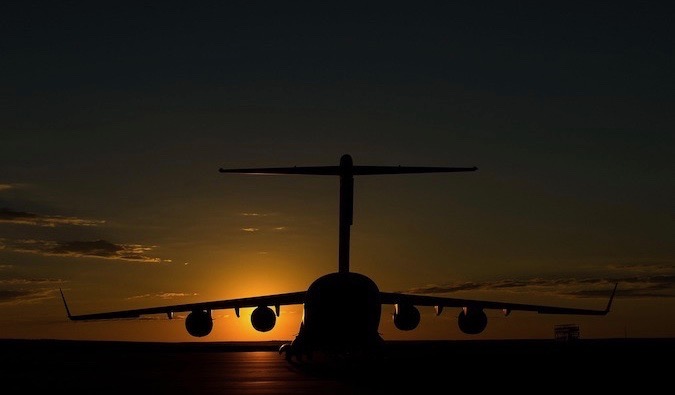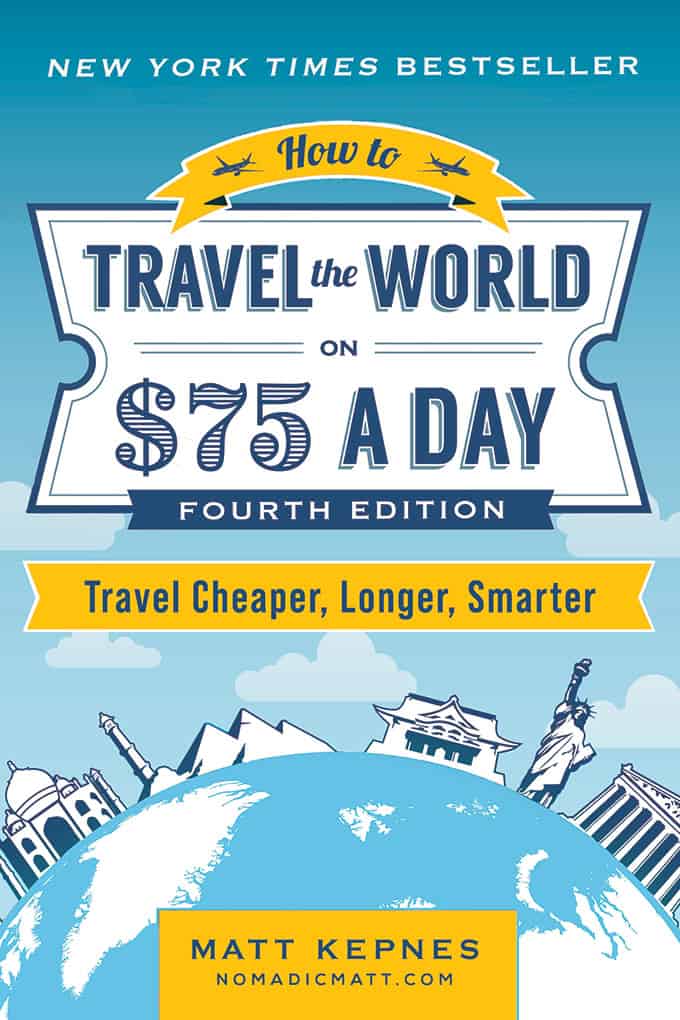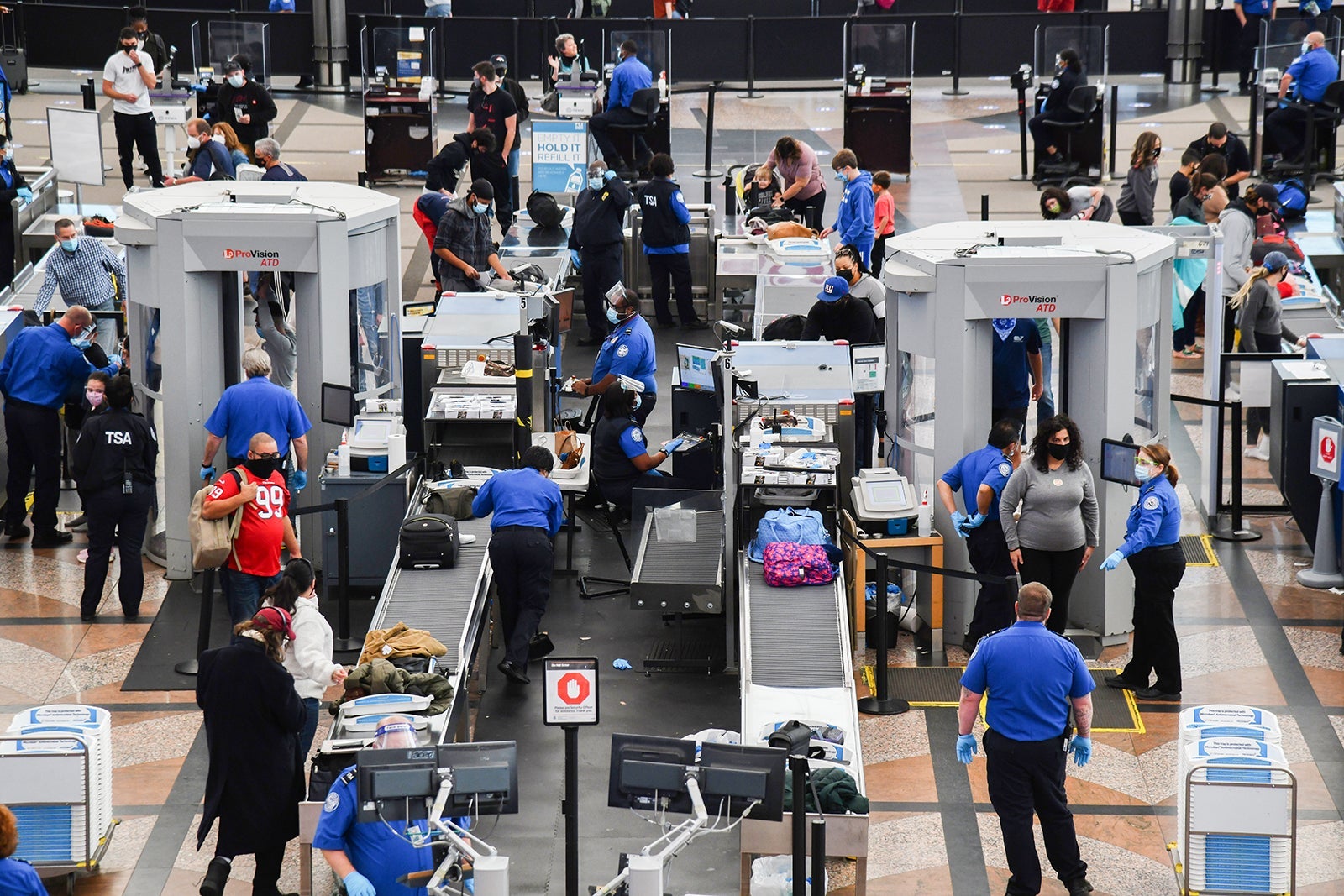For nearly two decades, I’ve witnessed a dramatic shift in the world of air travel. The landscape has been reshaped by airline mergers, the rise of budget carriers, and a fundamental change in how points and miles are utilized – the era of easily accessible round-the-world tickets is now a distant memory.
Recently, the cost of flying has steadily climbed, often feeling unpredictable and detached from any logical explanation. It’s a frustration shared by travelers everywhere, prompting the question: why *are* airplane tickets so expensive?
The truth behind airline pricing is surprisingly complex. It’s a system built on layers of factors, and understanding these forces is the first step to navigating the modern air travel market.

One major driver is consolidation within the industry. Decades of bankruptcies and mergers have left just a handful of major players dominating the skies. In the United States, American, Delta, and United now control a significant portion of the market. The recent changes with Spirit and Alaska/Hawaiian further reduce competition.
This trend isn’t limited to the US. Canada has WestJet and Air Canada, while Europe is largely controlled by Air France–KLM, British Airways IAG, and Lufthansa. Fewer airlines vying for your business inevitably translates to less incentive to offer lower fares.
Beyond consolidation, the soaring price of jet fuel has had a substantial impact. In 2017, a gallon of jet fuel cost $1.37. By 2024, that price had skyrocketed to $6.49 – a fivefold increase directly passed on to passengers.

Adding to the burden are ever-increasing airline taxes and security fees. A flight to London, for example, can see half its price attributed to these additional charges.
The economic downturn of 2008 initially led to reduced demand, prompting airlines to cut routes and flight frequencies. This created fuller planes, maximizing revenue and minimizing costs. This trend was dramatically accelerated by the COVID-19 pandemic.
When global travel ground to a halt, airlines retired older aircraft and laid off staff. As demand rebounded, they found themselves with limited capacity, unable to quickly restore pre-pandemic schedules. This imbalance – reduced supply coupled with surging demand – removed the pressure to lower prices.
The way airlines determine pricing is a dynamic process influenced by four key elements: competition, supply, demand, and oil prices. These factors all contribute to what’s known as the “load factor” – the percentage of seats sold on a flight.
Airlines relentlessly pursue a high load factor, constantly adjusting prices to maximize revenue. They employ sophisticated dynamic pricing models and artificial intelligence (AI) to determine the optimal price for each seat.
Ever noticed prices seemingly jump after a major event drives up demand? That’s not coincidence; it’s the AI at work, responding to real-time market conditions and adjusting prices accordingly. Higher demand invariably leads to higher prices.
These systems analyze booking trends, past sales data, events, weather patterns, and competitor behavior, constantly refining prices in a complex dance to secure maximum revenue. This explains why a flight can fluctuate wildly in price, even within a single day.
As seats are sold, prices generally increase. When demand dips, prices fall, only to rise again as availability dwindles. It’s a delicate balancing act designed to extract the most revenue possible. That’s why early morning flights are often cheaper, holiday travel is more expensive, and peak season fares are exorbitant.
Because airlines can’t physically add more seats, their only lever for increasing revenue is to raise fares. And these changes aren’t necessarily tracking your browsing history; they’re responding to the constant flow of bookings from millions of travelers worldwide.
On a typical domestic flight, there can be 10 to 15 different price points. Airlines increase the availability of lower fares when demand is low and raise prices when demand is high, giving them a significant advantage in the current market.
While the days of consistently cheap airfares are likely over, understanding the pricing mechanisms empowers you to avoid overpaying. Flexibility is your greatest asset. Airlines begin managing their lowest price points roughly three months before departure, assessing historical trends and current sales to determine whether to release those deeply discounted fares.
Booking within a month of your travel date puts you at a disadvantage, as your lack of flexibility forces you to accept whatever price is offered. By understanding this system, you can significantly improve your chances of securing a better deal.
The airline industry has fundamentally shifted, and the prices you see today are likely the new normal. But with knowledge and a strategic approach, you can navigate this complex landscape and avoid being the passenger who paid too much.





